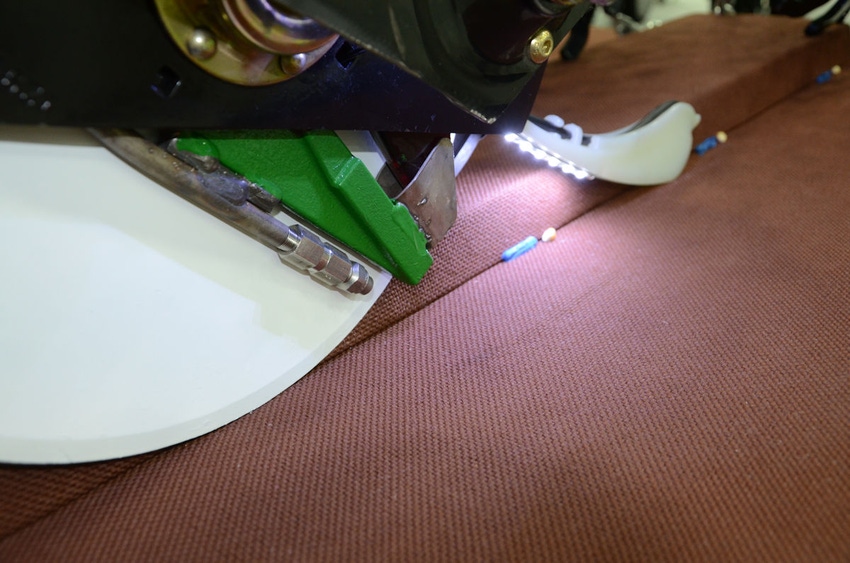February 11, 2016

When farmers used to talk about precision agriculture they were looking at yield maps and figuring out ways to tile. These days precision agriculture takes on a whole new meaning when an equipment designer merges different tools to create a new way to get something done.
That’s what the folks at Great Plains Manufacturing have done with their launch during the National Farm Machinery Show of the new AccuShot system. This new planter attachment is a collaboration between Great Plains and Capstan Ag Systems, and offers a highly precise way to place products into the furrow at planting.
“Dribbling fertilizer along the row isn’t going to work as plant populations start to rise,” says Tom Evans, agronomic development manager, Great Plains Ag Division. He explains that precision application of fertilizer offers opportunities to save money and boost yields, but just how precise?
The AccuShot system can lay down liquid fertilizer ahead of, on top of or behind the seed, and this is a user-selectable choice. The two-inch strip of material – shown in the photo from the show exhibit – is a highly precise way to make fertilizer available to a growing plant, without risk of burning the seed.
“With this system it’s possible to put down half the fertilizer of a conventional approach, and increase yield,” Evans explains.
Agronomy driven
Evans says the idea came from an Illinois agronomist who asked the company why they didn’t use the high-tech pulse-width modulation system that is used on many sprayers these days to boost precision application of nutrients. Evans, and other at Great Plains thought that was an interesting idea and reached out to Capstan Ag Systems.
Capstan has been building pulse-width modulation systems for 20 years, and has worked as an OEM supplier to Case IH and others. “When they came to us with the idea, we already had a planter concept we’d tried a few years before and had sitting on the shelf,” says Troy Kolb, integration engineer, Capstan Ag Systems.
Adds Paul Galle, design engineer, Great Plains: “The first prototype we built worked.” And that was four years ago. In the ensuing years the company refined the system to include monitoring systems.
“We could apply but we had no way of knowing that we were doing what we thought we were,” he recalls.
Kolb adds that in essence the concept is pretty simple, read a seed sensor and fire a solenoid in a timed fashion. The trick was developing the user interface, including an interesting key fob that allows the grower to do in-season maintenance, and control the system remotely.
Digging into the details
The planter-add-on system, which is available for the company’s later model planters and offered through dealers, has precision that even allows growers to not only save on the amount of fertilizer they use, but the type of starter as well.
“Growers usually use orthophosphate starter fertilizers that have lower salts and are less likely to hurt the seed, in case the product hits the seed,” Evans explains. “With this new planter system, since you know you’re not putting the product on the seed, you can use a lower cost polyphosphate starter, offering even more savings.”
The precision system allows you to decide if a product being applied goes in ahead of the seed, behind or over the top. It’s a new way of thinking about in-furrow applications.
The system will not shoot out product if it doesn’t detect a seed coming through the seed tube. That means it won’t apply product if you’re using a row shut-off system and that row doesn’t deploy a seed. It’s an even more precise way to apply crop products in furrow.
The folks from Great Plains and Capstan Ag Systems were visibly excited about this new technology, which offers the potential for higher yields with less fertilizer use. Field trials Evans detailed showed that at a ‘half rate’ their test plots were still getting higher yields than fields where product was dribbled across the entire row. And with the AccuShot system they could be confident the fertilizer would be there when the seed germinated and the plant needs the product.
You can learn more about the system by watching the video from Great Plains below, and by visiting accushotsystem.com.
About the Author(s)
You May Also Like






